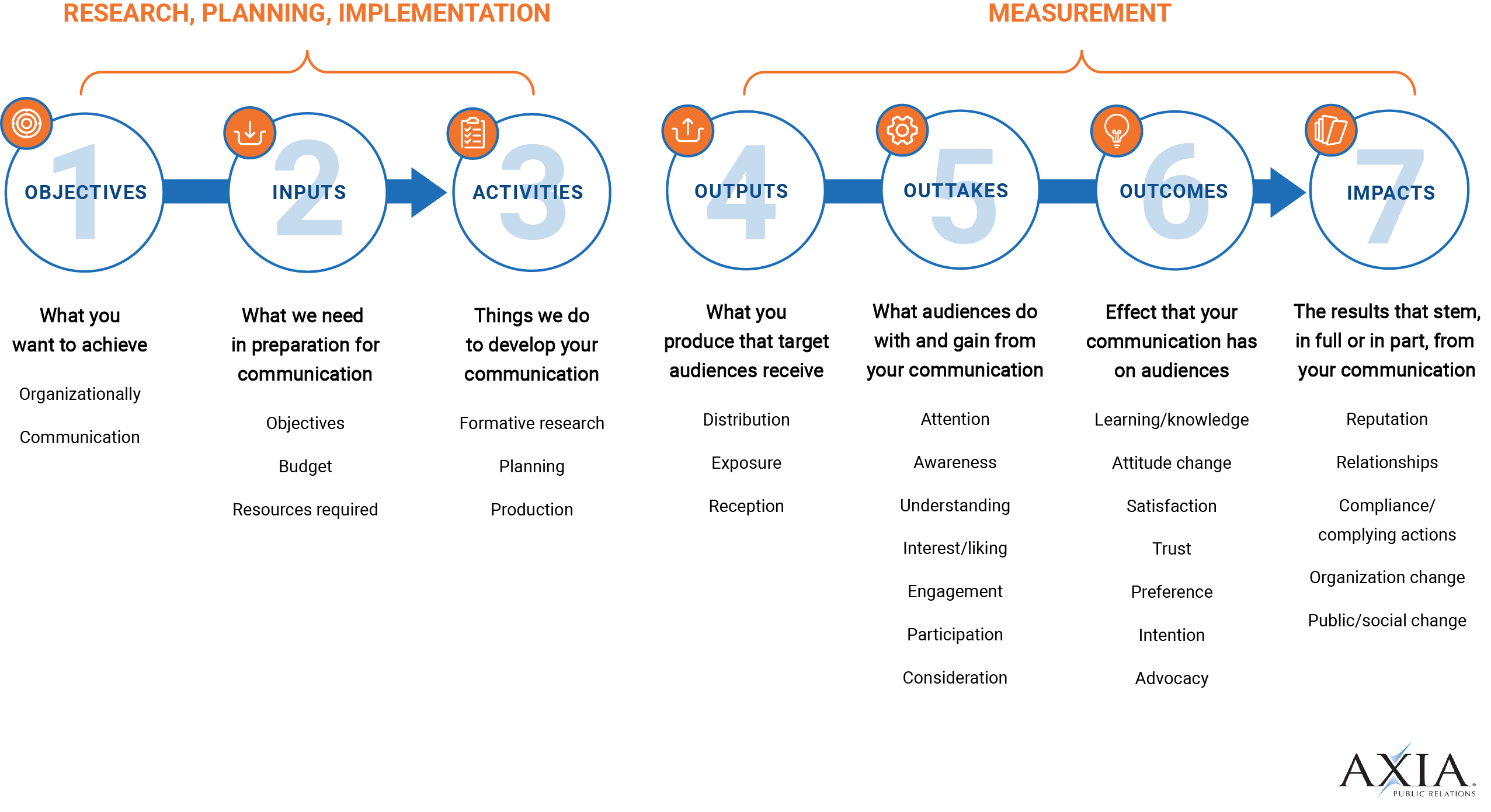The definition of vanity metrics, and why they don’t really matter.
 What we usually think of as vanity metrics are numbers like impressions, advertising value “equivalents” (AVEs), mentions, likes, shares, re-tweets, clicks, page views, downloads, etc. Although some vanity metrics may be important for historical benchmarking or baseline purposes, they shouldn’t be relied on for real intelligence.
What we usually think of as vanity metrics are numbers like impressions, advertising value “equivalents” (AVEs), mentions, likes, shares, re-tweets, clicks, page views, downloads, etc. Although some vanity metrics may be important for historical benchmarking or baseline purposes, they shouldn’t be relied on for real intelligence.
Vanity metrics are good for feeling “warm and fuzzy” and bad for action. In other words, vanity metrics are numbers that feel important yet are fundamentally superficial, or worse, deceptive. They are numbers for numbers’ sake.
Examples of vanity metrics
-
You hear about a PR campaign in the United States that generated billions of impressions. Considering the entire population of the U.S. is about 330 million, that’s relatively impossible. Those are vanity metrics.
-
Look at the number of “hits” to your website. Let’s say you had 5,000 visits. Do you know what you did to drive those visitors to your site? Or was it something someone else did? Or perhaps it was because of something arbitrary? Does it tell you what you need to do next, or what impact it had on the bottom line?
-
Unique monthly visitors is another metric we’ve seen for earned media. UMV represents the number of online visitors that a news outlet receives each month. For instance, you distribute a press release over a news wire service, and it gets posted on Yahoo! Finance, which reports 12,118,000 UMV. You are confident in assuming 12 million people did not see it, especially since it’s posted verbatim to the press release subsite rather than as an actual news story.
Vanity metrics are not performance indicators. They can even set you back by presenting an inaccurate portrayal and not contributing to deeper brand insights. If it doesn’t increase the number or quality of customers (and thus more sales) or build more loyal customers, it’s irrelevant.
Measuring in a purposeful way requires some extra thought to determine which metrics are boosting your bottom line. Axia Public Relations is aligned with the AMEC Barcelona Principles of measurement and uses industry best practices to measure public relations efforts in a meaningful way.

Qualitative, quantifiable metrics provide information you need to know about your business and contribute to smart decisions that can verifiably lead to better ROI and higher revenue.
See also: The right way to measure PR webinar video.
If your current PR agency doesn’t understand the importance of qualitative measurements for providing real intelligence, it’s time to find a PR partner who uses best practices. Read Axia’s complimentary e-book “How to Fire Your PR Firm” to learn what you should expect from your PR firm and how to have a smooth transition when you decide to move on.
 Clients love Jason’s passion, candor and commitment as well as the team he has formed at Axia Public Relations. He's advised some of America’s most admired brands, including American Airlines, Dave & Buster’s, Hilton, HP, Pizza Hut and Verizon. He is an Emmy Award-winning, accredited public relations practitioner, speaker, author and entrepreneur and earned his certification in inbound marketing. He founded the PR firm in July 2002. Learn more about Jason.
Clients love Jason’s passion, candor and commitment as well as the team he has formed at Axia Public Relations. He's advised some of America’s most admired brands, including American Airlines, Dave & Buster’s, Hilton, HP, Pizza Hut and Verizon. He is an Emmy Award-winning, accredited public relations practitioner, speaker, author and entrepreneur and earned his certification in inbound marketing. He founded the PR firm in July 2002. Learn more about Jason.
Photo by Adeolu Eletu on Unsplash
Topics: measurement


Comment on This Article